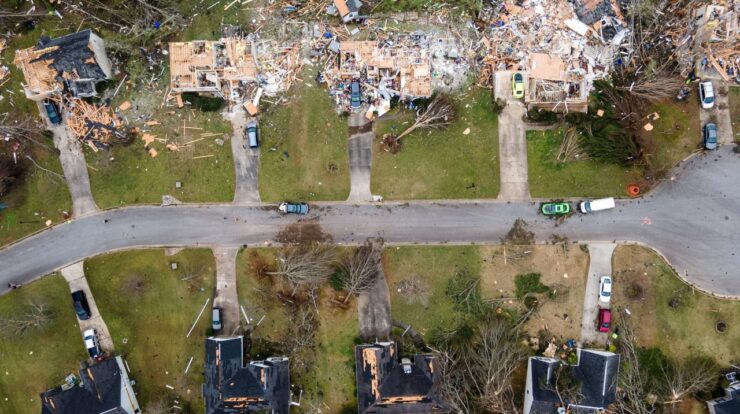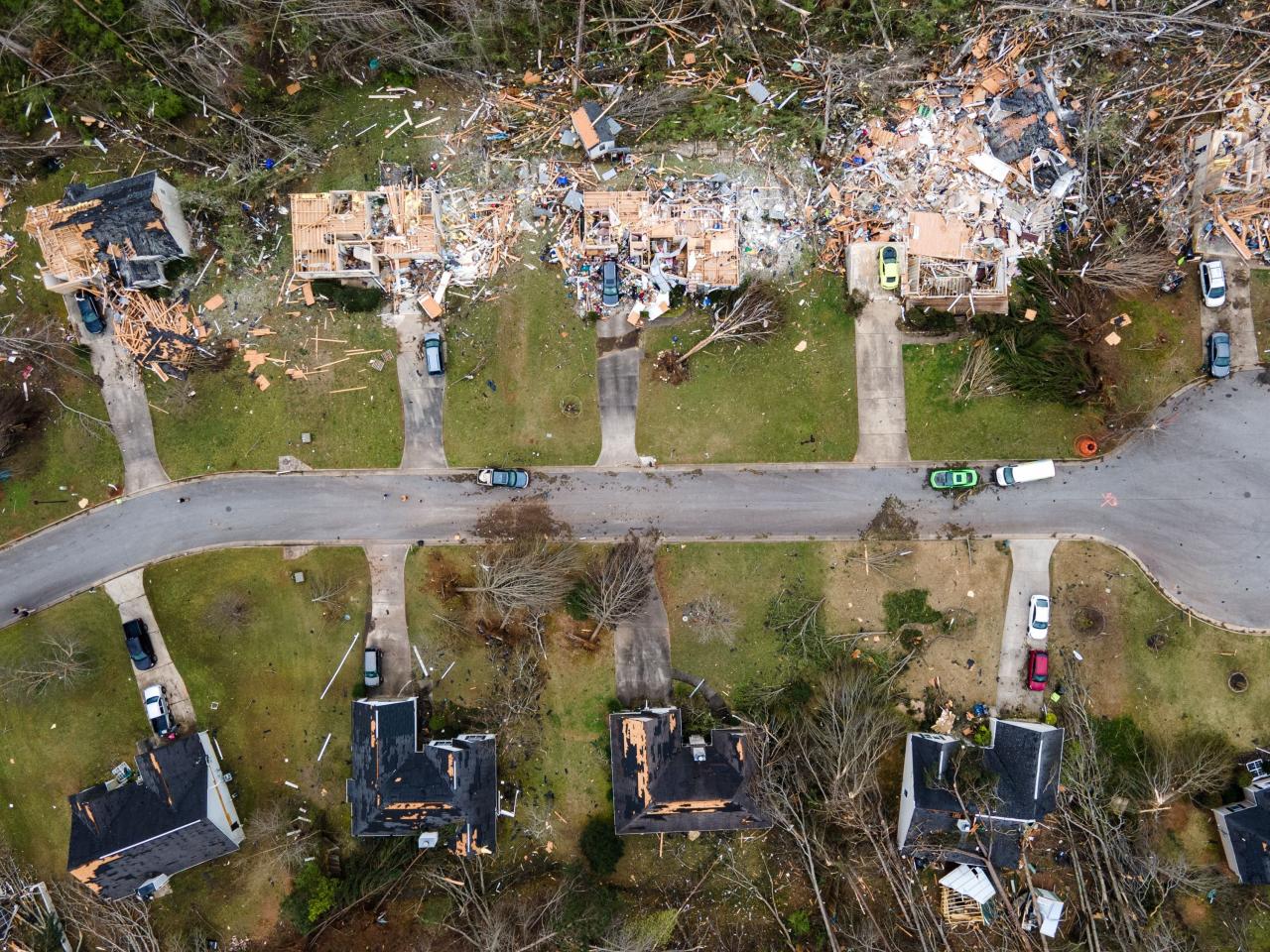
Tornadoes Today: Understanding the Current Situation and Staying Prepared
Tornadoes, violent and unpredictable forces of nature, have been a persistent threat across the United States. With the recent increase in tornado activity, it is crucial to stay informed and prepared to mitigate the risks associated with these devastating storms.
Today’s Tornado Activity: Tornadoes Today
The National Weather Service (NWS) has issued tornado warnings for several counties in the southern United States. The areas most at risk are in Alabama, Mississippi, and Louisiana. A tornado watch has also been issued for parts of Georgia and Florida.
As of 10:00 AM CST, there have been reports of multiple tornadoes touching down in Alabama. One tornado has been confirmed as an EF-3, with winds estimated at 136 mph. There have been no reports of injuries or fatalities at this time.
The NWS is urging residents in the affected areas to take shelter immediately. If you are in a tornado warning, go to the lowest level of your home and stay away from windows. If you are outdoors, seek shelter in a sturdy building or underground.
Tornado Safety Measures
Tornadoes are one of the most dangerous weather events that can occur. It is important to be prepared for a tornado in case one strikes your area.
Here are some safety tips for before, during, and after a tornado:
- Before a tornado:
- Have a plan for where you will go if a tornado warning is issued.
- Identify a sturdy building or underground shelter where you can take cover.
- Keep a battery-powered radio and flashlight on hand.
- Secure loose objects around your home, such as lawn furniture and grills.
- During a tornado:
- Take shelter in the lowest level of your home, away from windows.
- If you are outdoors, seek shelter in a sturdy building or underground.
- Stay away from windows and doors.
- Cover your head and body with a blanket or mattress.
- After a tornado:
- Check for injuries and call 911 if necessary.
- Stay away from damaged buildings and downed power lines.
- Report any damage to your home or property to your insurance company.
- Help your neighbors clean up and rebuild.
Tornado Forecasting and Tracking, Tornadoes today
Tornadoes are difficult to predict, but meteorologists use a variety of tools to track them and issue warnings.
One of the most important tools is Doppler radar. Doppler radar can detect the rotation of the wind, which can indicate the presence of a tornado.
Meteorologists also use satellite imagery and computer models to track tornadoes. These tools can help them to identify areas where tornadoes are likely to develop.
When a tornado warning is issued, it means that a tornado has been spotted or is indicated by radar. It is important to take shelter immediately when a tornado warning is issued.
Tornado Impact and Damage
Tornadoes can cause significant damage to property and infrastructure. They can also be deadly.
The most common type of damage caused by tornadoes is wind damage. Tornadoes can produce winds of up to 300 mph, which can cause severe damage to buildings, homes, and other structures.
Tornadoes can also cause hail damage. Hailstones can be as large as baseballs and can cause damage to cars, roofs, and windows.
In addition to wind and hail damage, tornadoes can also cause flooding. Tornadoes can lift water from rivers and lakes and drop it on land, causing flooding.
Historical Tornadoes
Some of the most significant tornadoes in history include:
- The Tri-State Tornado (1925):This tornado killed 695 people and injured over 2,000. It is the longest-tracked tornado in US history, traveling over 219 miles.
- The Moore Tornado (2013):This tornado killed 24 people and injured over 300. It was the deadliest tornado in the United States since 2011.
- The El Reno Tornado (2013):This tornado was one of the widest tornadoes ever recorded, with a diameter of 2.6 miles. It killed 8 people and injured over 150.
End of Discussion

In the face of tornadoes, knowledge and preparedness are our most potent weapons. By understanding the nature of tornadoes, implementing safety measures, and staying informed about forecasting and tracking, we can minimize the impact of these storms and protect our communities.
FAQ Summary
What are the signs of an approaching tornado?
Dark, rotating clouds, a funnel cloud extending from the base of a cloud, and loud, roaring noises are common signs of an approaching tornado.
What should I do if I am caught outside during a tornado?
Seek immediate shelter in a sturdy building or underground. If no shelter is available, lie flat in a ditch or low-lying area and cover your head with your hands.
How can I stay informed about tornado warnings and watches?
Monitor local news and weather channels, listen to NOAA weather radio, or use mobile apps that provide real-time weather alerts.





